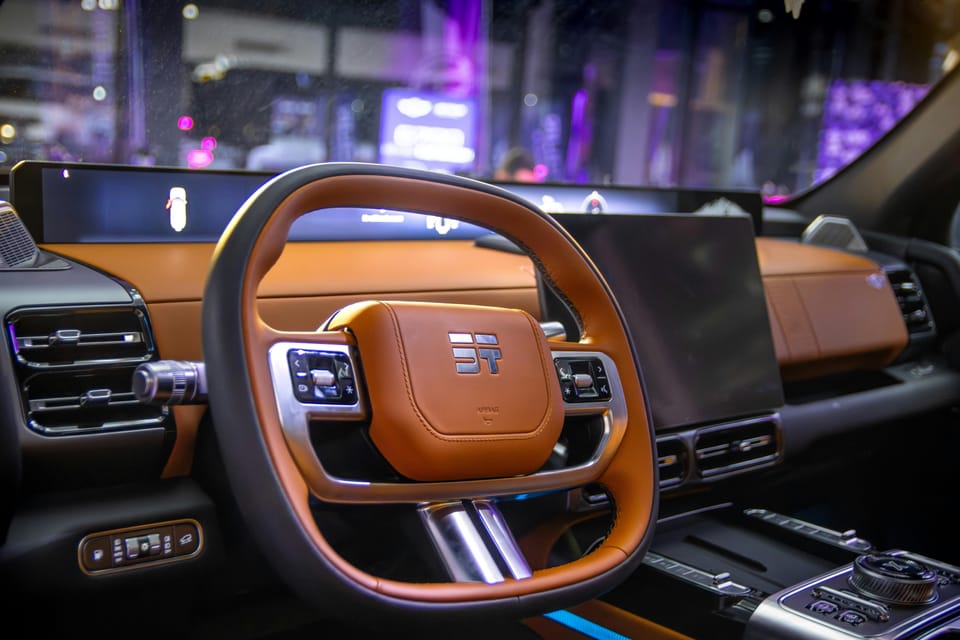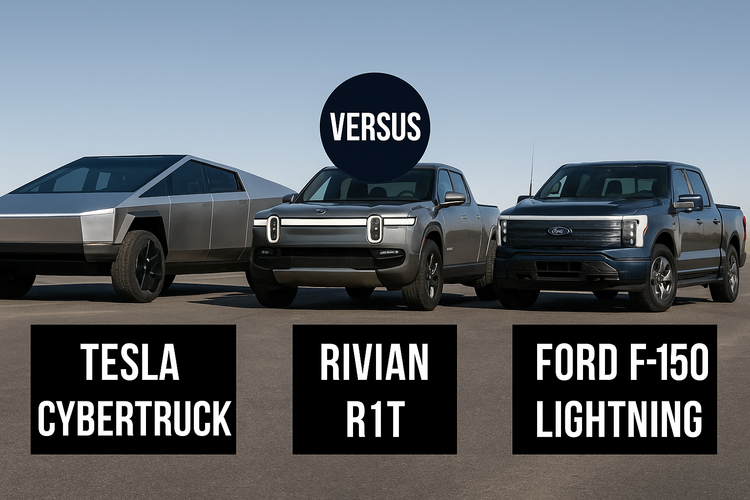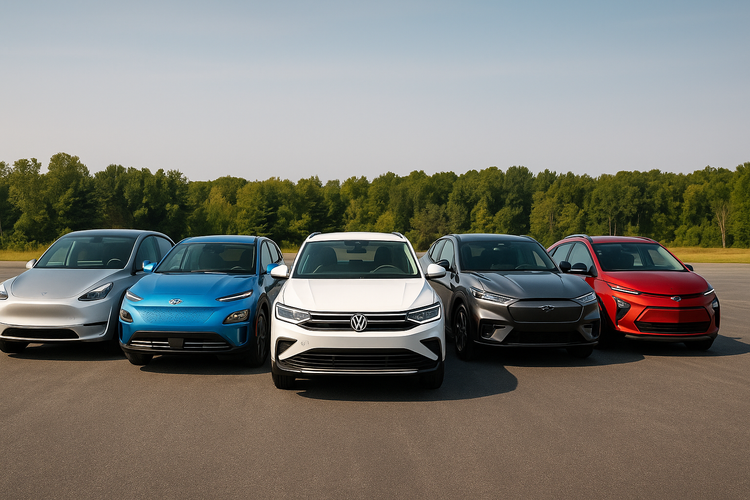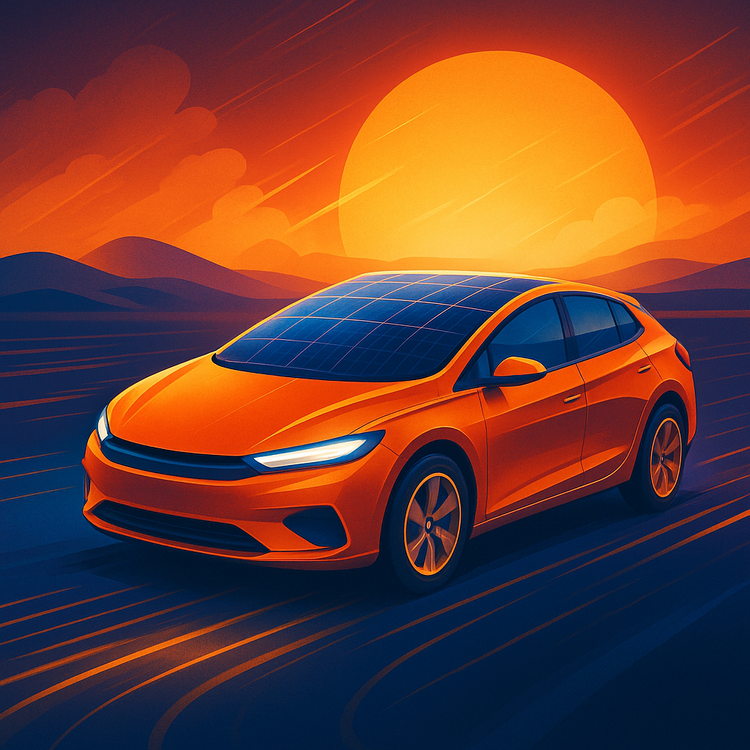Key Automotive Technology Trends in 2025: From Software‑Defined Vehicles to Alternative Fuels

The automotive industry is undergoing its most significant transformation since Henry Ford industrialized mass production. Innovative technologies and changing consumer expectations are reshaping how cars are designed, manufactured and used. By 2025, vehicles increasingly resemble computers on wheels, and mobility solutions are becoming more flexible, individualized and connected.
Electrification and hybrid focus
Electrification remains a major trend. Solid‑state batteries with higher energy density and improved safety are beginning to replace traditional lithium‑ion cells. However, analysts expect EV growth to slow in 2025 due to trade tensions, competition from Chinese EV manufacturers and ongoing infrastructure and supply‑chain challenges. To adapt, manufacturers are shifting their focus toward hybrid vehicles, which combine electric power with a reliable combustion engine. Hybrids offer lower emissions without requiring charging and are becoming increasingly popular. Chinese automakers are expected to remain global leaders in EV production and sales.
Software‑defined vehicles
Cars are becoming software platforms. Software‑defined vehicles handle functions such as braking, steering and infotainment via updatable software rather than fixed hardware. At the 2025 Consumer Electronics Show (CES), software‑defined vehicles were a focal point, demonstrating that manufacturers are embracing continuous updates to improve performance and add features. Honda, for example, has partnered with Amazon Web Services to accelerate data collection and software updates, highlighting the growing importance of cloud services and data analytics.
Self‑driving vehicles
Interest in autonomous driving remains high. Current offerings include Level 3 (conditional automation) and limited Level 4 (high automation) vehicles in select regions. Fully autonomous cars remain several years away, but 2025 is expected to see more testing and gradual increases in autonomous vehicles on the road. As companies refine sensors, artificial intelligence and regulatory frameworks, autonomous technology could transform personal and commercial transportation.
Alternative fuels and e‑fuels
Despite the push for electrification, alternative fuels are gaining attention. Synthetic “e‑fuels” such as e‑kerosene, e‑methane and e‑methanol are produced by synthesizing captured carbon dioxide using renewable electricity. They offer a greener alternative for traditional combustion engines. The European Union has agreed to allow cars running on e‑fuels after 2035, provided they have no net climate impact. As a result, 2025 will likely see more development and testing of e‑fuels alongside continued hybrid production.
Supply chain challenges
The automotive industry faces ongoing supply‑chain disruptions. Factors include a shortage of skilled workers, increased demand for semiconductors and batteries, reliance on global supply chains and geopolitical tensions. To mitigate these issues, manufacturers are investing in automation, diversifying suppliers, localizing production and stockpiling critical components. Even with these measures, supply‑chain uncertainty is expected to persist through 2025.
Connected vehicles and infotainment
Connectivity is transforming vehicles into "talking supercomputers." 5G networks enable real‑time communication between cars, infrastructure and other road users, improving safety and enabling services like vehicle‑to‑everything (V2X) communication. In‑vehicle infotainment systems seamlessly integrate smartphones, sensors and ADAS to provide drivers with information and entertainment. Future infotainment trends include stronger cybersecurity, voice‑activated AI assistants and larger high‑resolution displays. Advanced connectivity will continue to enhance driver experience and pave the way for autonomous and shared mobility services.
Advanced safety features and regulations
Safety remains paramount. The European Union’s updated General Safety Regulation requires new cars sold from 2024 onward to include ADAS, enhanced crash‑test standards, pedestrian and cyclist protection, intelligent speed assistance and data recorders. These technologies reduce human error and are expected to become standard across global markets in 2025 and beyond.
Mobility‑as‑a‑Service (MaaS)
Mobility‑as‑a‑Service integrates different transport modes into a single platform, offering convenient alternatives to car ownership. MaaS platforms may combine public transit, taxis, ride‑sharing, bike‑sharing and car‑leasing services. The MaaS market is growing as connectivity improves and consumers demand flexible, on‑demand transportation. Automotive companies are investing in MaaS to diversify revenue streams and meet changing mobility preferences.
Emerging technologies: 3D printing, 5G and immersive tech
New manufacturing technologies like 3D printing allow automakers to produce complex, lightweight components quickly and affordably, reducing prototyping time. 5G networks enhance data transmission speed and security, further improving vehicle connectivity. Immersive technologies such as virtual and augmented reality (VR/AR) are used for manufacturing, training and marketing, signaling new ways to interact with vehicles and customers.
Outlook for 2025
The automotive sector’s future will be shaped by sustainability, electrification, software‑defined vehicles, connectivity and new manufacturing methods. While disruptive technologies present challenges, they also create opportunities for safer, greener and more connected mobility. Companies that adapt and innovate will thrive in this new automotive landscape.



